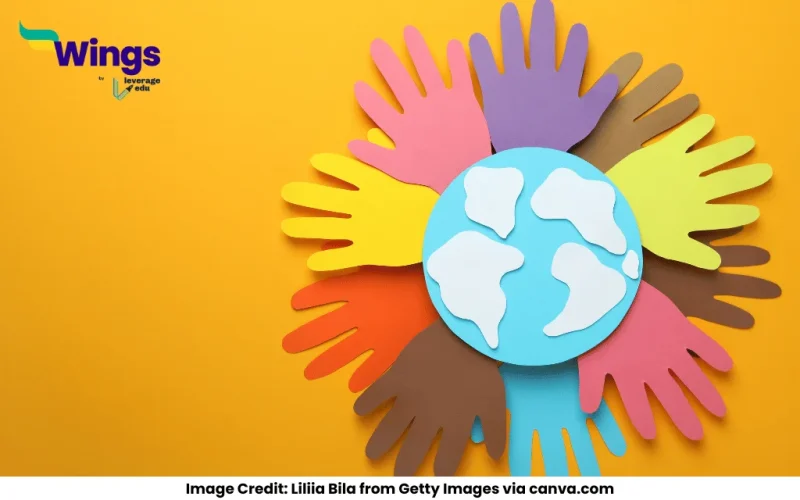Population growth and population change are closely related but distinct concepts in demography. Population growth refers specifically to the increase in the number of people in a particular region over time, while population change encompasses all variations in population size, composition, and distribution, including growth, decline, migration, and demographic shifts.
Understanding Population Growth
Population growth is a measure of how the number of individuals in a given area increases over a certain period. It is typically expressed as a percentage and influenced by factors such as birth rates, death rates, and migration. The natural increase, which is the difference between birth and death rates, is a primary driver of population growth. Additionally, immigration can contribute to population expansion, especially in urban areas and economically thriving regions.
Several factors influence population growth, including healthcare advancements, improved sanitation, higher fertility rates, and economic stability. Developing nations often experience higher population growth due to better medical care reducing mortality rates and cultural factors encouraging larger families. However, in some developed countries, population growth may slow due to declining birth rates and ageing populations.
Exploring Population Change
Population change is a broader term that refers to any alteration in the size, structure, or distribution of a population. Unlike population growth, which only measures an increase, population change accounts for various factors, including declines due to high mortality rates, emigration, and shifts in demographic composition.
Key components of population change include:
- Birth and Death Rates: A high birth rate with a lower death rate results in population growth, while the opposite leads to population decline.
- Migration: The movement of people from one place to another, whether due to economic opportunities, conflicts, or environmental factors, significantly affects population distribution and demographics.
- Aging Population: In some regions, declining birth rates and longer life expectancy result in an aging population, impacting workforce availability and social services.
- Urbanization: Population change also includes shifts from rural to urban areas, affecting housing, infrastructure, and economic activities.
The Interrelation Between Population Growth and Population Change While population growth is a subset of population change, the two concepts are interconnected. Rapid growth can lead to challenges such as resource depletion, unemployment, and infrastructure strain. Conversely, population decline due to lower birth rates and increased emigration can lead to economic stagnation and workforce shortages.
In summary, population growth focuses solely on an increase in numbers, whereas population change encompasses all variations in population dynamics. Understanding these concepts is crucial for policymakers and demographers in planning for sustainable development and addressing demographic challenges effectively.
Common Doubts
 45,000+ students trusted us with their dreams. Take the first step today!
45,000+ students trusted us with their dreams. Take the first step today!


 One app for all your study abroad needs
One app for all your study abroad needs










